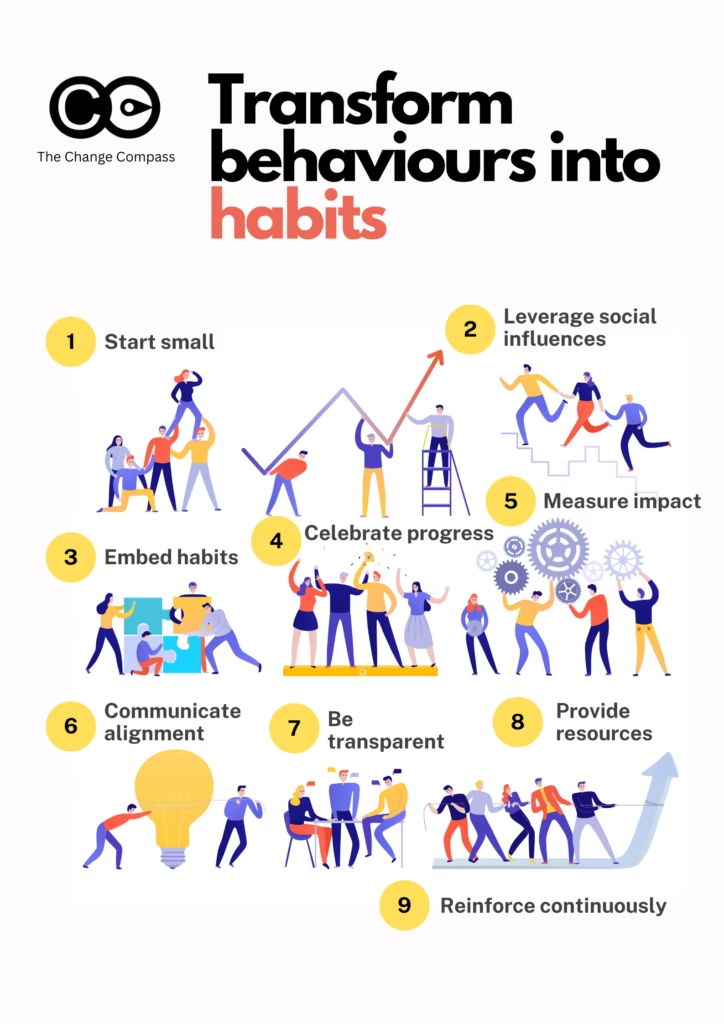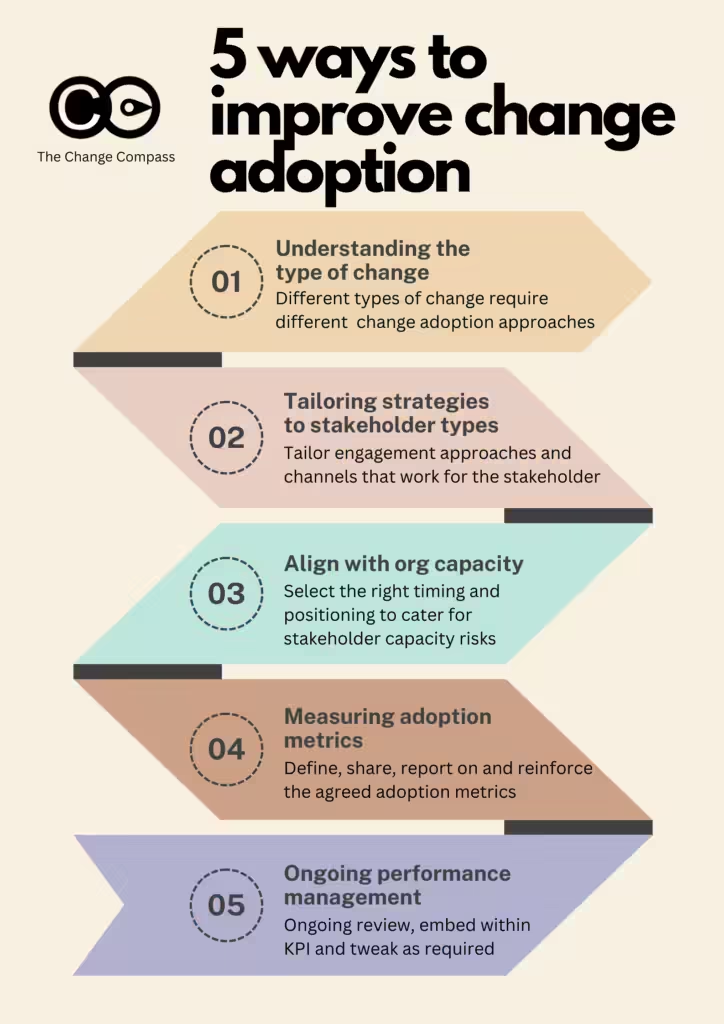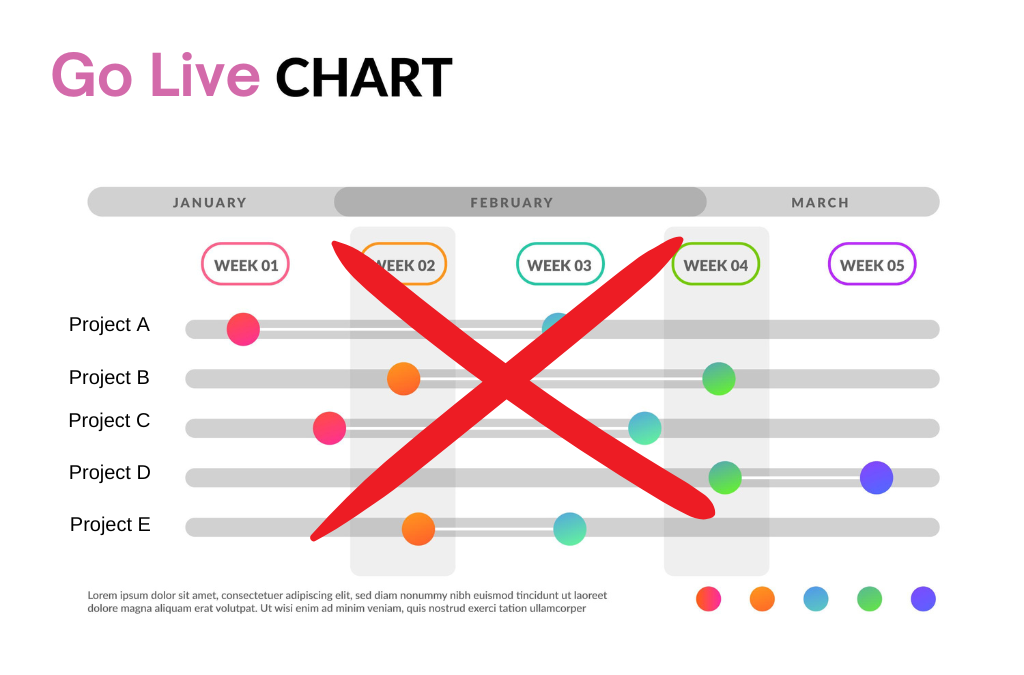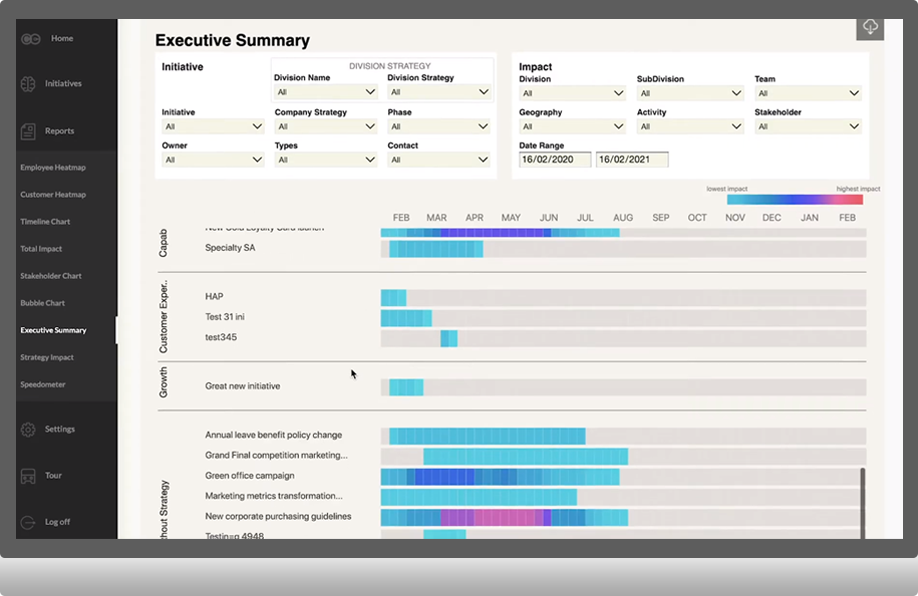
Transforming Behaviours into Habits: Unlocking Change Through Belief, Reinforcement, and Strategy
With complex, high-stakes change environments, change leaders know that success hinges on more than just strategies and frameworks. It rests on the ability to transform behaviours into habits—turning deliberate, effortful actions into automatic routines. After all, the core of change is largely the result of a series of behaviour changes. Here we delve into the psychology and practice of habit formation in organisational change, offering actionable insights for senior change leaders.
The Foundation: Belief Fuels Change
Change begins with belief. Stakeholders must believe that change is not only necessary but achievable—and that they themselves are capable of adapting. This foundational belief can be especially elusive in organisations with a history of failed initiatives. Skepticism and fatigue are common barriers.
Leaders play a pivotal role in cultivating belief. They must demonstrate that change is possible through a series of small, achievable wins. For instance, consider a team resistant to adopting a new project management tool. Instead of mandating full adoption from day one, leaders might first encourage the team to use the tool for a single task or project. As the team sees the benefits—improved collaboration, streamlined processes—their belief in the tool and their ability to adapt grows.
Creating belief also involves transparent communication. Leaders need to articulate why the change is necessary and how it aligns with the organisation’s goals. When stakeholders understand the “why,” they are more likely to commit to the “how.”
Additionally, addressing past failures openly can help rebuild trust. Leaders can acknowledge previous shortcomings while emphasising what will be different this time—whether it’s stronger leadership commitment, improved resources, or a more phased approach. By creating an environment where past lessons inform current actions, belief becomes more attainable.
Social Reinforcement: The Power of Community
Humans are inherently social creatures, and the behaviours of others significantly influence our own. This is why social reinforcement is a cornerstone of successful change initiatives. Change champions and team leaders serve as visible examples of the desired behaviours, demonstrating both commitment and success.
Stories are particularly powerful in this context. When change champions share their experiences—challenges faced, strategies employed, and victories achieved—it reinforces the idea that change is possible for everyone. For example, in a digital transformation initiative, a frontline employee who shares how a new system simplified their workflow can inspire others to give it a chance.
Social reinforcement also fosters accountability. When team members see their peers embracing new behaviours, it creates a sense of collective momentum that is hard to resist. Positive peer pressure can become a motivating force, pushing individuals to align with group norms and expectations.
Furthermore, leveraging social proof through team recognition can amplify the impact. Publicly celebrating individuals or teams who exemplify desired behaviours not only rewards them but also encourages others to follow suit. Recognition initiatives, such as “Change Hero of the Month,” can spotlight efforts that align with organisational goals, building a culture of reinforcement and inspiration.

From Behaviour to Habit: The Mechanics of Routine
Turning behaviours into habits involves repetition and reinforcement. According to a 2006 study from Duke University, as much as 40% of our daily actions are based on habit. This underscores the importance of embedding new behaviours deeply enough that they become second nature.
The habit loop, as popularised by Charles Duhigg in The Power of Habit, consists of three components:
- Cue: A trigger that initiates the behaviour.
- Routine: The behaviour itself.
- Reward: The benefit or satisfaction derived from the behaviour.
Let’s apply this framework to a customer complaints initiative. Suppose the goal is to enhance customer satisfaction by encouraging consultants to proactively address complaints. The cue might be specific language from a dissatisfied customer. The routine could involve logging the complaint, initiating a structured conversation, and offering next steps. The reward? The consultant feels confident they’ve resolved the issue and improved the customer’s experience. Over time, this routine becomes habitual, reducing the cognitive load required to execute it. This is also why sufficiently forecasting and estimating the effort and load required as a part of change adoption is critical in initiative planning.
To support habit formation, organisations can utilise tools and reminders. For instance, automated notifications or visual aids like posters can reinforce cues and encourage consistent practice. Technology can also play a vital role by integrating habit-supporting systems, such as digital dashboards that track key behaviours and provide immediate feedback.
Habits are further strengthened when they are tied to personal values and aspirations. For example, a team member who values customer care will find it easier to embrace new routines that align with their intrinsic motivation. Aligning organisational habits with individual and collective values creates a powerful foundation for sustained change.
Scaling Change: Small Wins, Big Impact
Complex, large-scale changes can feel overwhelming. The key to success is to break these initiatives into smaller, manageable changes. Achieving these small wins builds momentum and confidence, laying the groundwork for tackling more significant challenges.
For instance, in an organisation shifting to remote work, a small initial change might involve standardising virtual meeting protocols. Once teams are comfortable with this, leaders can introduce more complex changes, such as remote performance management systems or asynchronous collaboration tools.
Small wins also provide measurable milestones. These visible markers of progress are crucial for maintaining stakeholder engagement and belief in the larger vision. Each success, no matter how minor, contributes to a sense of achievement that propels the team forward.
Moreover, small wins create opportunities for feedback and refinement. As each milestone is achieved, leaders can gather input to identify what’s working and what isn’t, ensuring continuous improvement. Feedback loops keep the change process agile and adaptive, responding to emerging challenges and opportunities.
Keeping the End in Sight: Navigating Obstacles
The journey of change is rarely linear. Delays, setbacks, and unforeseen obstacles are inevitable. To navigate these challenges, leaders must keep the end goal firmly in mind while celebrating progress along the way.
Regularly communicating achievements—both big and small—helps maintain focus and motivation. For example, if the ultimate goal is a 30% increase in operational efficiency, celebrating a 5% improvement early in the process can reinforce commitment and belief.
Visualisation tools such as roadmaps, dashboards, and progress trackers can also help teams see how their efforts contribute to the overall objective. This clarity reduces ambiguity and keeps everyone aligned. Leaders can further use storytelling to paint a vivid picture of the future state, inspiring teams to stay the course. This also helps to put human nuances and experiences into the data shown.
Equally important is maintaining flexibility. Leaders should be prepared to adjust timelines or approaches in response to new challenges without losing sight of the ultimate goal. This adaptability demonstrates resilience and fosters trust among stakeholders. Encouraging a mindset of learning and iteration can transform obstacles into opportunities for growth.
The Role of Measurement: Tracking Success
Measurement is integral to behaviour and habit formation. It provides objective data to assess whether changes are taking root and if progress aligns with strategic goals.
Metrics should be both quantitative and qualitative. For instance, in a customer satisfaction initiative, quantitative measures might include Net Promoter Scores (NPS) or resolution times. Qualitative data could involve customer feedback or employee reflections on their new routines.
Regularly reviewing these metrics allows leaders to adjust strategies as needed, ensuring that small changes cumulatively drive the desired outcomes. Dashboards and reporting tools can provide real-time insights, enabling data-driven decision-making.
In addition to tracking progress, measurement fosters accountability. When individuals and teams know their efforts are being monitored, they are more likely to remain committed to the change process. Transparent reporting also builds trust, showing stakeholders that their efforts are valued and impactful.
Alignment with Strategy: The Bigger Picture
In the midst of multiple concurrent changes, it’s easy for teams to lose sight of how their individual efforts support the broader strategy. Leaders must articulate this alignment clearly and consistently.
Consider an organisation undergoing a digital transformation while also pursuing sustainability goals. Leaders might connect the two by emphasising how digital tools reduce paper usage or improve energy efficiency. This alignment helps employees see the “bigger picture” and understand how their routines contribute to overarching organisational priorities.
Clarity is particularly important when behaviours differ across teams. For example, proactive listening might be a critical behaviour for customer-facing teams, while cross-functional collaboration could be the focus for back-office teams. Leaders need to explain how these distinct behaviours interconnect and drive the overall strategy.
Furthermore, aligning behaviours with the organisation’s values can deepen commitment. When employees see how their actions reflect core values, they are more likely to internalise and sustain the desired changes. Leaders can leverage organisational storytelling to create a compelling narrative that unifies diverse initiatives under a shared vision.

Practical Steps for Change Leaders
- Start Small: Identify a single behaviour to change and build on early successes.
- Leverage Social Influence: Empower change champions to share stories and model behaviours.
- Embed Habits: Use the habit loop (Cue, Routine, Reward) to make new behaviours automatic.
- Celebrate Progress: Recognise achievements, no matter how small, to maintain momentum.
- Measure Impact: Regularly track progress against clear, relevant metrics.
- Communicate Alignment: Ensure teams understand how their efforts contribute to the overall strategy.
- Be Transparent: Share challenges and adjustments to build trust and credibility.
- Provide Resources: Equip teams with the tools and training needed to succeed.
- Reinforce Continuously: Ensure that reinforcement mechanisms
Transforming behaviours into habits is the cornerstone of sustained organizational change. By fostering belief, leveraging social reinforcement, and breaking complex changes into manageable steps, change leaders can build a culture where new behaviours become second nature. With clear goals, consistent measurement, and strategic alignment, these habits will not only endure but also drive lasting success.
Sustaining change requires patience, persistence, and a deep understanding of human behaviour. By focusing on the incremental steps that lead to lasting habits, senior practitioners can guide their organizations through even the most challenging transformations—one habit at a time.
To read more about behaviour change check out The Ultimate Guide to Behaviour Change or Behavioural Science Approach to Managing Change.








